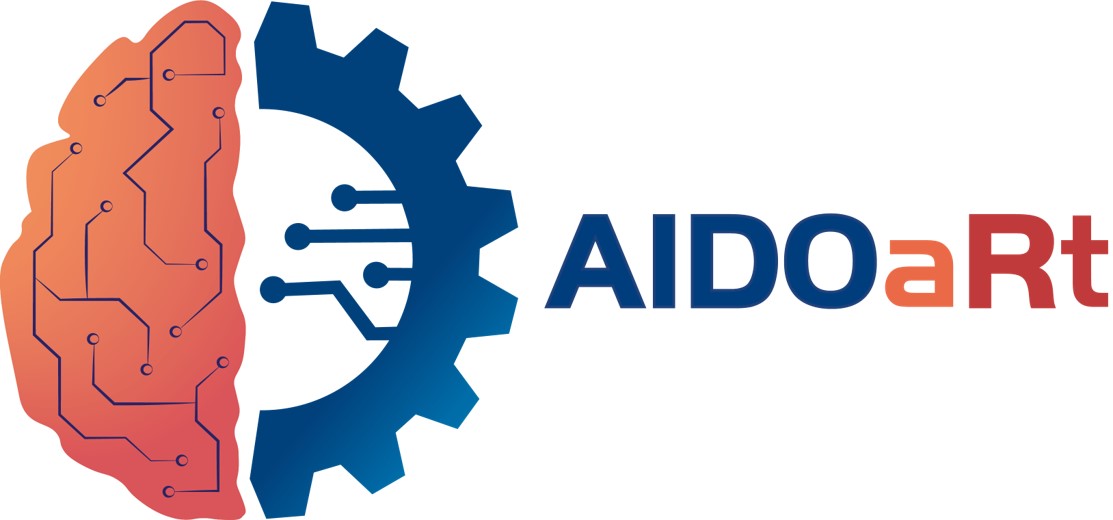Text
Safety-critical systems in the automotive domain using disruption technology

Photo: https://unsplash.com/
A modern car could be considered a CPS because it is a connected system (as the modern cars) and is equipped with sensors for acquiring inputs from the environment. In our use case, the sensors are going to be the video that can be used instead of the rear-view mirror. With this new source of information and the combination with new and disruptive technology like AI, it will be possible to predict new scenarios that might be considered safety-critical.
The system is software-intensive, as having to process in real-time or near real-time images ranging between 2 (in the very basic version) and 4 (optimal situation), at 60 FPS, corresponding to 240 frames per second of size 1280X800 (classic automotive screen). These images must be processed individually and reconciled (in the sense that the information must be consistent and not ambiguous). In addition to all this, we must add the cybersecurity layer (both for the image itself and for the necessary cybersecurity in a system that can be updated). Further, once the system is in operation, it needs to be regularly updated through OTA or other solutions that need to be developed. It is important to note that if it is true that AI is now a recognised innovative technology, it is far from being applied in real safety-critical applications due to the lack of methodologies, for example for the predictability of the system in domains as the automotive one.
The main goal of this use case is to propose an approach and apply it in an interesting case for example the virtual mirrors in cars. Such a case would require a complete change of cars design, nonetheless having all the rear images from cameras opens a plethora of possibilities (data fusion, correlation of different images from different points of view), and with them, also possible hazards in the car, not dangerous as a failure of the brakes but still potentially very relevant issues. The final result will be a working PoC for virtual mirrors in cars; to develop this system a new and comprehensive methodology for developing automotive applications using AI e ML is necessary.
The main technological goals of the use case are related to the introduction of artificial intelligence in the modelling and testing phase of the system development life cycle, as detailed in the following:
- In the modeling phase: Automated Reasoning techniques are used for the verification of specifications and of the high-level model
- In modelling/implementation: Automated Reasoning techniques are exploited for the verification of Deep Neural Network models/implementations (in particular convolutional networks)



%20European_Commission%20logo.png)
%20Picture2.png)
